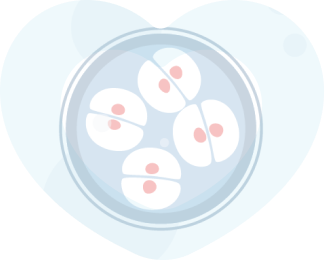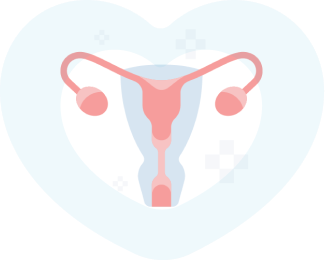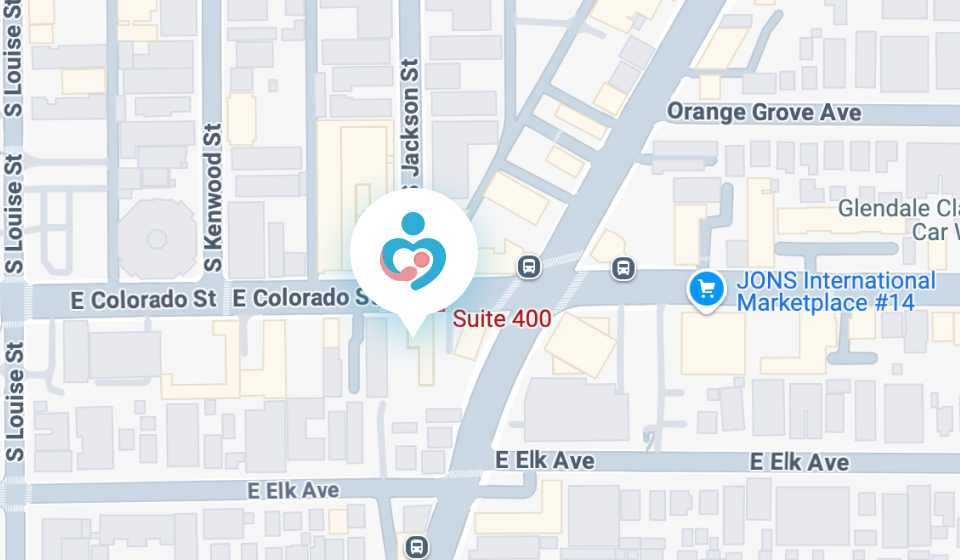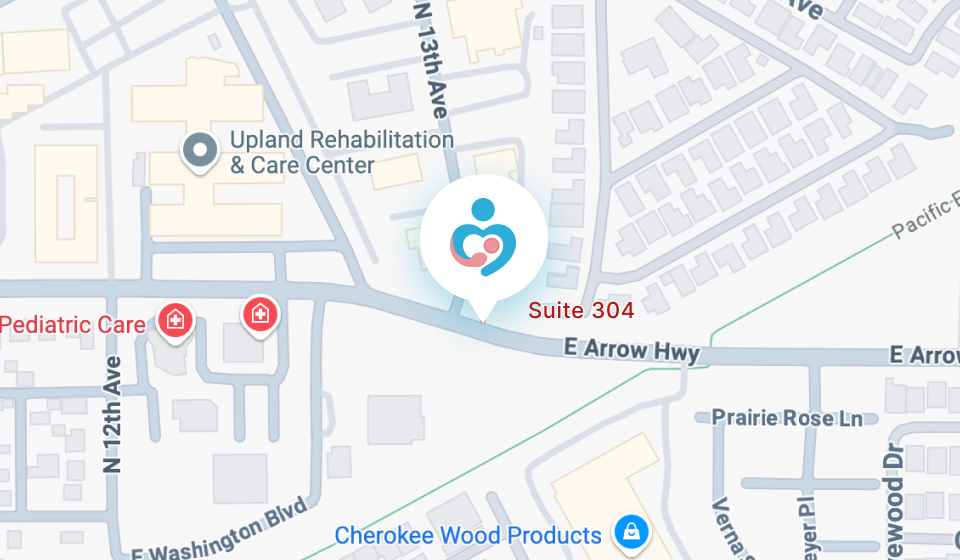PGS (pre-implantation genetic screening) and PGD (pre-implantation genetic diagnosis) can help patients not only select the gender of their child but also determine if an embryo contains a normal number of chromosomes. When you schedule your free consultation at CARE Fertility you will meet with a fertility specialist who will take an extensive medical history of you and your partner and address all the concerns you may have.






